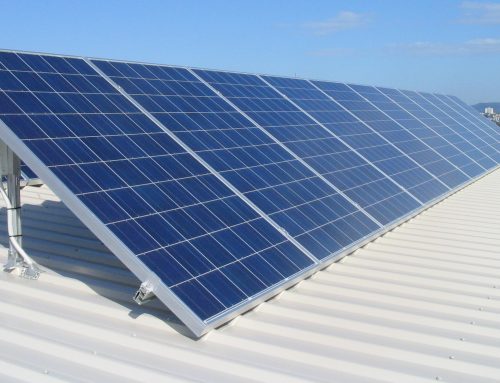Joint Divorce Petition (Non-Islamic) in Malaysia

ARC News • January 25, 2022
Joint Divorce Petition (Non-Islamic) in Malaysia
For non-Muslim or civil marriages in Malaysia, the Law Reform (Marriage and Divorce) Act 1976 (“LRA”) applies and is enforceable under the civil law courts in Malaysia.
The procedures of a civil divorce petition:
- Preparation of divorce petition – The divorce petition may be prepared or drafted by any one or both parties or by their appointed solicitors. The divorce petition contains important details with respect to the marriage and set out the important terms relating to issues such as matrimonial property, monthly allowances, child custody.
- Filing of documents – For joint petition, the divorce petition will usually be filed together with an affidavit verifying the contents of the joint petition and a statement regarding arrangements for children (if applicable).
- Upon the filing of the joint petition at the High Court (i.e. the state court where the marriage of the petitioners took place), the Court will then fix a hearing for the joint petition to be heard within 1-3 months from the date of filing.
- Both parties (i.e. the petitioners husband and wife) will usually be required to attend physically on the hearing date but of late, the court has explored alternative mean to conduct hearing virtually. In other words, if hearing is to be done by way of e-review, parties will not be required to be present physically.
- Once the court is satisfied that the joint petitioners have both understood and consented to the terms stated in the joint petition, the High Court will then grant a Decree Nisi for divorce, which will be made absolute (i.e. Decree Absolute) after 3 months from the date a Decree Nisi is obtained.
- Under certain circumstances supported with good reasons, the court may expedite the granting of a Decree Absolute.

Yuki Chong Mei Yoke is a Partner at Messrs. Afif Rahman & Chong
Disclaimer: Every attempt to ensure the accuracy and reliability of the information provided in this publication has been made. This publication does not constitute legal advice and is not intended to be used as a substitute for specific legal advice or opinions. Please contact the authors for a specific technical or legal advice on the information provided and related topics.




